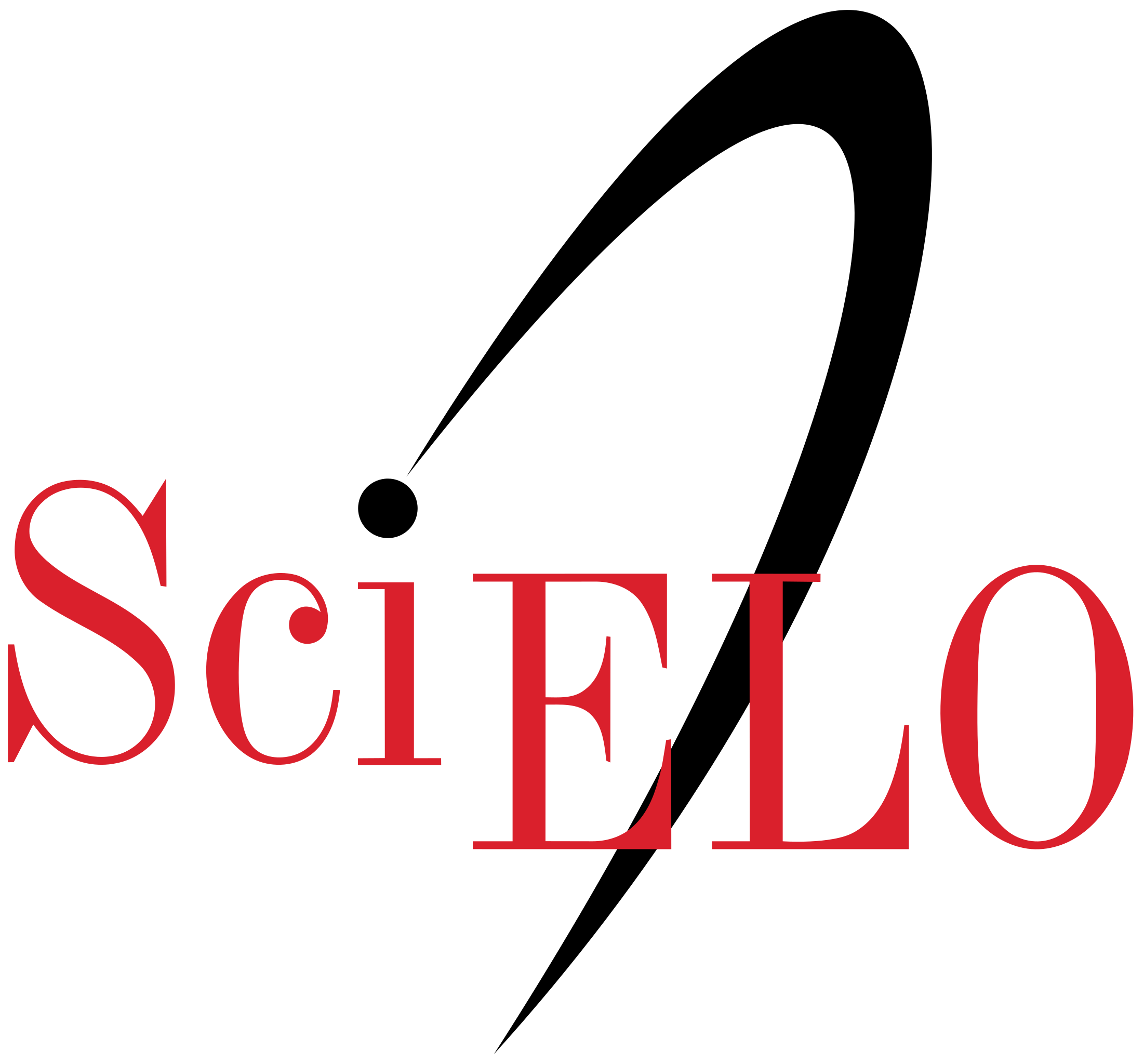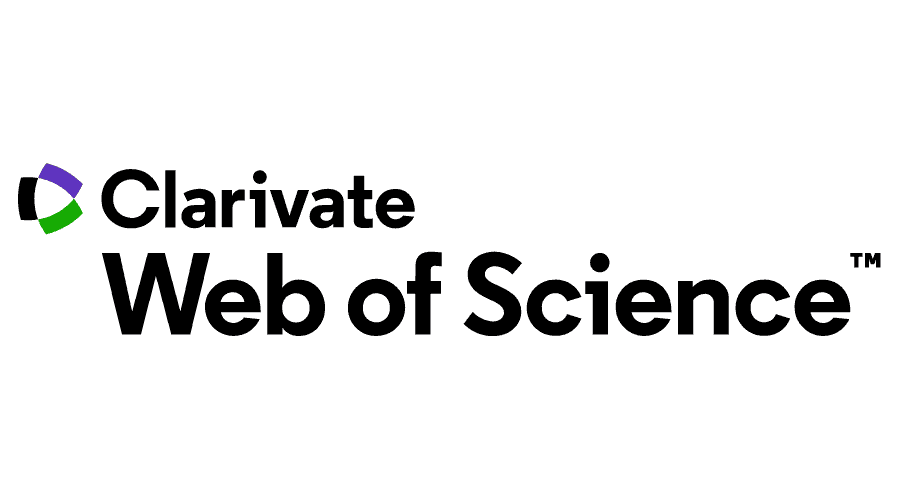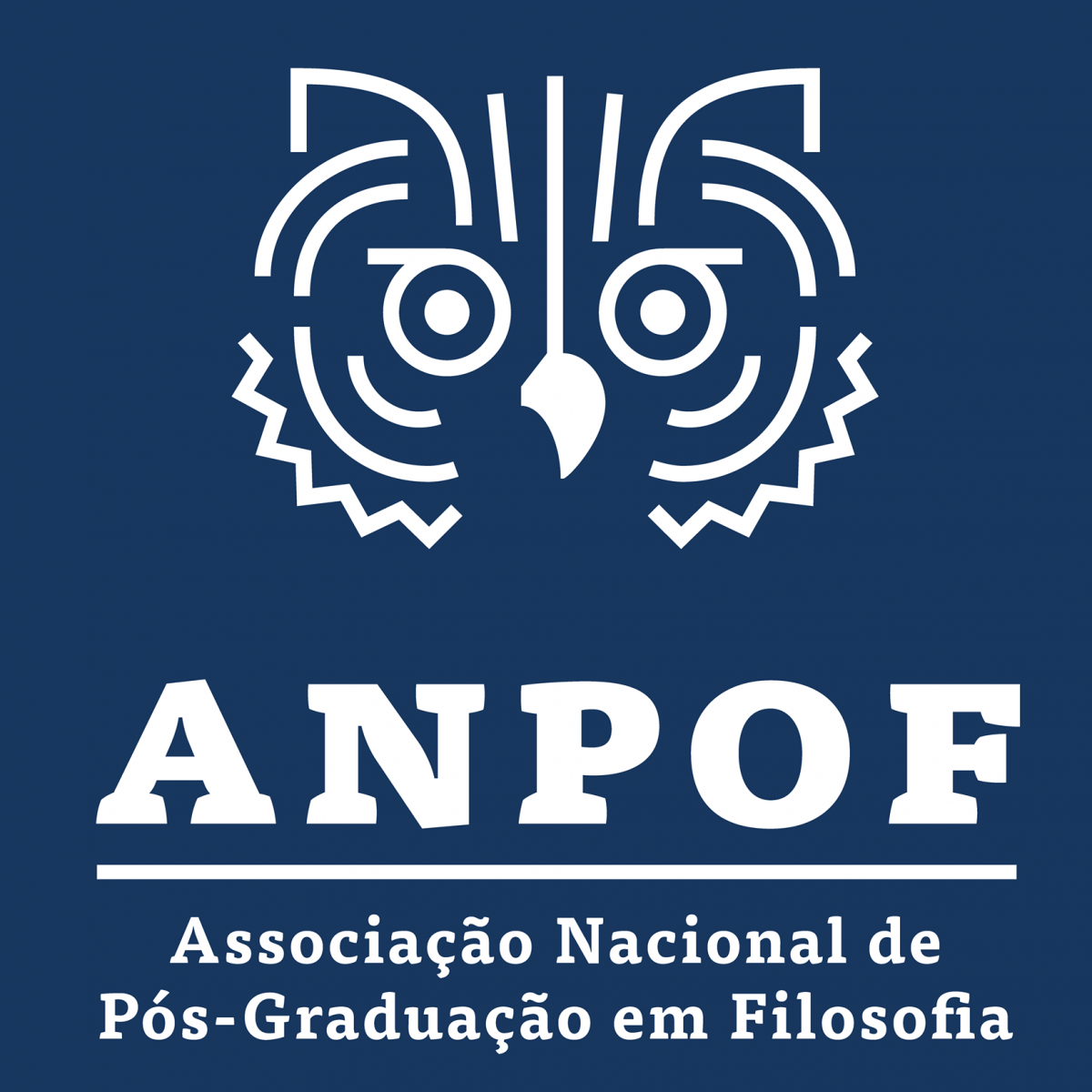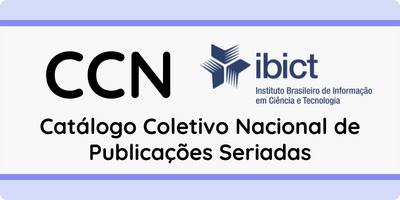VIRADA ICÔNICA E FENOMENOLOGIA DA CONSCIÊNCIA DE IMAGEM
CONSIDERAÇÕES EM RETORNO ÀS ANÁLISES DE EDMUND HUSSERL E SUA FACETA SEMIÓTICA
Palabras clave:
fenomenologia do signoResumen
Este texto discute alguns problemas conceituais, metodológicos e históricos concernentes à fenomenologia da consciência de imagem (Phänomenologie des Bildbewusstseins) elaborada por Edmund Husserl. Primeiramente será tematizado o escopo mais amplo em que a abordagem filosófica das imagens auferiu relevância no século XX, a saber, a assim chamada “virada icônica” (ikonische Wenke) ou “pictórica” (pictorial turn), conforme as respectivas formulações de Gottfried Böhm e William Mitchell. Será situada nesse contexto a fenomenologia da imagem e, mais especificamente, a fenomenologia da consciência de imagem elaborada por Husserl, considerando-se, em especial, os eixos norteadores dos três direcionamentos que se sobressaem nas teorias contemporâneas da imagem, a saber: as abordagens antropológica, semiótica e perceptiva. A partir da retomada de nuances semióticas remanescentes na fenomenologia da consciência de imagem, serão apresentados alguns pontos críticos acerca da classificação das análises de Husserl no escopo do direcionamento perceptivo e, finalmente, apontadas implicações do copertencimento à apresentação intuitiva da imagem (anschaulicher Darstellung des Bildes) daquilo que se denominará “circunstancialidade indicativa”.
Referencias
ALLOA, E. “Entre a transparência e a opacidade – o que a imagem dá a pensar”. In: ___ (Org.). Pensar a Imagem. Trad. C. Rodrigues (coord.), F. Fragozo, A. Serra, M. Poyares. Belo Horizonte: Autêntica, 2015. pp. 7-19.
_____. “Anthropologiser le visuel?”. In: ___ (Éd.). Penser l’image II: Antropologies du visuel. Dijon: Les presses du réel, 2015b. pp. 5-41.
BARTHES, R. “La chambre claire: Note sur la photographie”. Paris: Gallimard/Seuil/Cahiers du Cinéma, 1980.
BATAILLE, G. “La peinture préhistorique. Lascaux, ou la naissance de l’art”. Genève: Skira, 1980.
BOEHM, G. “Die Wiederkehr der Bilder”. In: ___ (Hrsg.). Was ist ein Bild. München: Fink, 1994. pp. 11-38.
_____. “Aquilo que se mostra. Sobre a diferença icônica”. In: ALLOA, E. (Org.). Pensar a imagem. Trad. C. Rodrigues (coord.), F. Fragozo, A. Serra, M. Poyares. Belo Horizonte: Autêntica, 2015. pp. 23-38.
BOEHM, G., MITCHELL, W. J. T. “Pictorial versus Iconic Turn: Two Letters”. Culture, Theory & Critique, 2009, Vol. 50, Nr. 2, pp. 103-121.
BRANDT, R. “Die Wirklichkeit des Bildes: Sehen und Erkennen – Vom Spiegel zum Kunstbild”. München/Wien: Carl Hanser, 1999.
CASSIRER, E. “Ensaio sobre o Homem: Introdução a uma filosofia da cultura humana”. Trad. T. R. Bueno. São Paulo: Martins Fontes, 1994.
DASTUR, F. “L’approche du problème de l’imagination”. In: BENOIST, J. (Éd.). Husserl. Paris: Cerf, 2008. pp. 105-124.
DELEUZE, G. “Francis Bacon. Logique de la sensation”. Paris: Du Seuil, 2002.
DERRIDA, J. “La voix et le phénomène: Introduction au problème du signe dans la phénoménologie de Husserl”. Paris: PUF, 1967.
_____.“Le parergon”. In: ___ La vérité en peinture. Paris: Flammarion, 1978. pp. 44-94.
_____. “Les dessous de la peinture, de l’écriture et du dessin: support, substance, sujet, suppôt et supplice” (Conférence prononcée par Derrida à la Fondation Maeght à Saint-Paul-de-Vence, 2002). In: ___ Penser à ne pas voir: Écrits sur les arts du visible (1979-2004), édition de G. Michaud, J. Masó, J. Bassas. Paris: Éditions de la différence, 2013. pp. 242-255.
DIDI-HUBERMAN, G. “Devant l’image”. Paris: Minuit, 1990.
DUFOURCQ. “La dimension imaginaire du réel dans la philosophie de Husserl”. Dordrecht/ Heidelberg/London/New York: Springer, 2011.
_____. “Merleau-Ponty: une ontologie de l’imaginaire”. Dordrecht/Heidelberg/London/New York: Springer, 2012.
FINK, E. “Vergegenwärtigung und Bild”. In: ___ Studien zur Phänomenologie (1930-1939). Den Haag: Martinus Nijhoff, 1966. pp. 1-78.
GOODMAN, N. “Languages of Art: An Approach to a Theory of Symbols”. Indianopolis: Indiana, 1976.
HUSSERL, E. “HUA III/1: Ideen zu einer reinen Phänomenologie und phänomenologischen Philosophie. Erstes Buch: Allgemeine Einführung in die reine Phänomenologie”. Ed. K. Schuhmann. Den Haag: Martinus Nijhoff, 1976.
_____. “HUA XI: Analysen zur passiven Synthesis. Aus Vorlesungs- und Forschungsmanuskripten 1918-1926”. Hrsg. von M. Fleischer. Den Haag: Martinus Nijhoff, 1966.
_____. “HUA XIX/1: Logische Untersuchungen: Untersuchungen zur Phänomenologie und Theorie der Erkenntnis”. Hrsg. von U. Panzer. The Hague: Martinus Nijhoff, 1984.
_____. “HUA XIX/2: Logische Untersuchungen: Untersuchungen zur Phänomenologie und Theorie der Erkenntnis”. Hrsg. von U. Panzer. The Hague: Martinus Nijhoff, 1984b.
_____. “HUA XXIII: Phantasie, Bildbewusstsein, Erinnerung: Zur Phänomenologie der anschaulichen Vergegenwärtigungen”. Texte aus dem Nachlass (1898-1925). Hrsg. von E. Marbach. The Hague: Martinus Nijhoff, 1980.
_____. “Investigações Lógicas”. Vol. 2, Parte 1: Investigações para a Fenomenologia e a Teoria do Conhecimento. Trad. Pedro Alves e Carlos Morujão. Rev. M. A. Casanova. Rio de Janeiro: Forense Universitária, 2012.
INGARDEN R. “Untersuchungen zur Ontologie der Kunst: Musikwerk – Bild – Architektur – Film”. Tübingen: Max Niemeyer, 1962.
JONAS, H. “La liberté par l’image. Homo pictor et la différence de l’homme”. Trad. E. Alloa. In: ALLOA, E. (Éd.). Penser l’image II: Antropologies du visuel. Dijon: Les presses du réel, 2015. pp. 57-76.
KAPUST, A. “Phänomenologische Bildpositionen”. In: SACHS-HOMBACH, K. (Hrsg.). Bildtheorien: Anthropologische und kulturelle Grundlagen des Visualistic Turn. Frankfurt: Suhrkamp, 2009. pp. 255-283.
LAVAUD, L. “L’image”. Textes choisis et présentés par L. Lavaud. Paris: Flammarion, 1999.
LEVINAS, E. “En découvrant l’existence avec Husserl et Heidegger”. Paris: Vrin, 1988.
MITCHELL, W. J. T. “Iconology: Image, Text, Ideology”. Chicago/London: Univ. Chicago Press, 1986.
PEIRCE, C. (1932). “Elements of Logic”. In: ___. Collected Papers. Weiss, Bristol 1998.
RICHIR, M. “Phénoménologie et institution symbolique – phénomènes, temps et êtres”. Grenoble: Jérôme Million, 1988.
_____. “Qu’est-ce qu’un phénomène?” Les Études philosophiques, Paris, PUF, Nr. 4: Le phénoménal et sa tradition, Octobre–Décembre 1998, pp. 435-449.
_____. “Phantasia, imagination, affectivité – Phénoménologie et anthropologie phénoménologique”. Grenoble: Jérôme Million, 2004.
SARTRE, J.-P. “L’imaginaire: Psychologie phénoménologique de l’imagination”. Paris: Gallimard, 1986.
_____. “A imaginação”. Trad. P. Neves. Porto Alegre: L&PM, 2010.
SEPP, H. R. “Bild: Phänomenologie der Epoché I”. Würzburg: Königshausen & Neumann, 2012.
SERRA, A. M. “Neutralisierung”. In: GANDER, H.-H. (Hrsg.). Husserl-Lexikon. Darmstadt: WBG – Wissenschaftliche Buchgesellschaft, 2009. pp. 208-209.
_____. “Imagem e suporte: Fenomenologia e desconstrução”. Ek-stasis: Revista de Hermenêutica e Fenomenologia, Rio de Janeiro, UERJ, Vol. 3, 2014, pp. 25-42.
_____. “Foto-grafia e desconstrução”. Viso: Cadernos de Estética Aplicada, Vol. 20, 2017, pp. 31-49.
_____. “Image et structuration minimale chez Derrida, Deleuze et Didi-Huberman”. La Part de l'Oeil, Vol. 32, 2018, pp. 83-95.
_____. “Variations circonstancielles: différenciation de l’autre chez les Amérindiens”. Études phénoménologiques, 2021, pp. 39-57.
SIMONDON, G. (1965-1966). “Imagination et invention”. Lonrai: Les Éditions de la transparence, 2008.
WALDENFELS, B. “Ordnungen des Sichtbaren”. In: BOEHM, G. (Hrsg.). Was ist ein Bild. München: Fink, 1994. pp. 233-252.
_____. “Phänomenologie der Aufmerksamkeit”. Frankfurt: Suhrkamp, 2004.
WIESING, L. “Artifizielle Präsenz: Studien zur Philosophie des Bildes”. Frankfurt: Suhrkamp, 2005.
Descargas
Publicado
Número
Sección
Licencia
Derechos de autor 2022 Revista Kriterion

Esta obra está bajo una licencia internacional Creative Commons Atribución 4.0.










